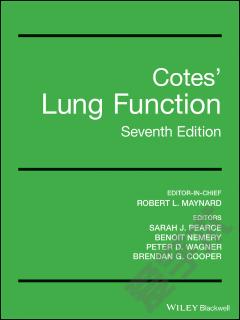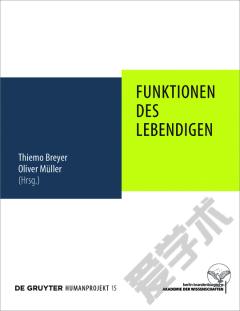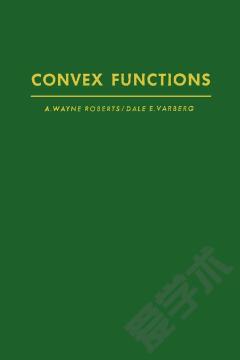Lung Function
The hypothesis that exercise limitation of respiratory origin can be predicted accurately from the lung function impairment has been tested using maximal oxygen uptake (O2max) as the dependent variable in a multiple regression analysis. The subjects were 157 men who met objective criteria for exercise being limited by respiratory impairment. O2max (mean value, 1.38 L minâ1) was described by FEV1 and single-breath lung transfer factor (diffusing capacity) for carbon monoxide (Tlâ²) singly or in combination, but the accuracy was poor (at best, standard error of the estimate, 0.36 L minâ1; r2, 29.1%). FEV1 could be replaced by FVC and FEV1/FVC. Description of O2max was improved by also including in the equation the variables age, fat-free mass, and submaximal exercise ventilation (e). Transfer factor did not then contribute significantly. O2max as percent of predicted (mean value of 60%) was described by %FVC or %FEV1, but the accuracy was poor (SEE, 16.0%; r2, 14%). Prediction was improved somewhat by the al...
{{comment.content}}








 京公网安备 11010802027623号
京公网安备 11010802027623号